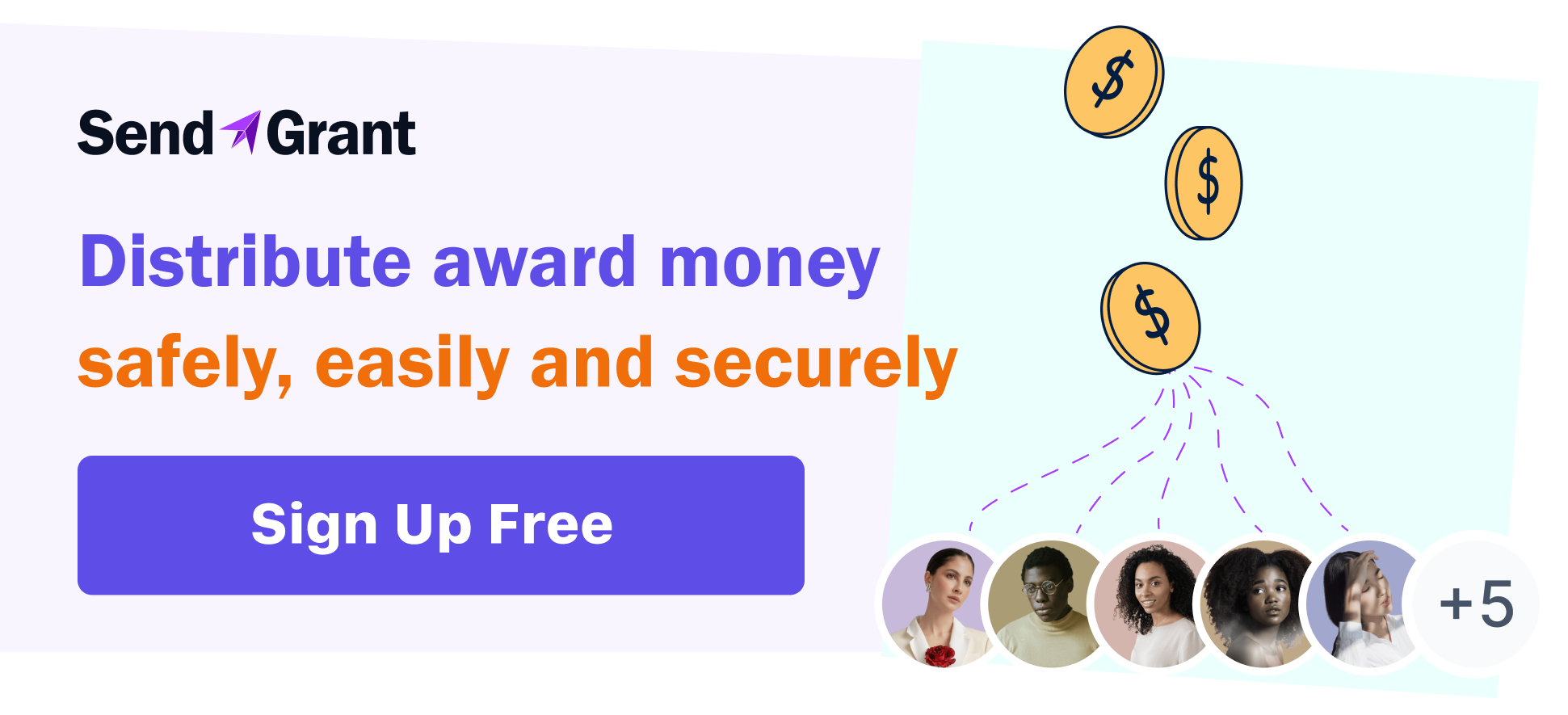Grant Payment Analysis: Understanding the Ins and Outs

Grants are a critical source of funding for many organizations. They are used for non-profits, educational institutions, government agencies, community programs and everything in between. The trouble is that getting a grant, and the entire grant payment process, can be complex and sometimes confusing. With the numerous regulations, reporting and compliance rules, it can be a lot for anyone to keep track of.
In this post, we’ll explore the key aspects of grant payment analysis. From grant payment requirements to the factors that can affect grant payments, by the time you finish reading, you’ll have a much better understanding of the process of grant payment analysis.
The Importance of Grant Payment Analysis
Analyzing grant payments is important for several reasons, including:
- Ensuring compliance with rules and regulations
- Enabling effective budgeting
- Improving transparency of grant funds
- Facilitating decision-making: it makes it easier to make data-driven decisions
- Supporting requirements for reporting how the grant funds are used.
To put it in simple terms, thoroughly analyzing a grant payment helps hold everyone accountable to what the money was intended to be used for.
Understanding Grant Payments - Types, Requirements, and Factors to Consider
There are several different types of grant payments organizations can get. Just a few of them include:
- Lump sum payments - These are typically delivered at the beginning of a program or project with the goal of covering a specific portion of it, if not all of it.
- Reimbursement grant - Just like it sounds, these grants reimburse projects that have already been paid for. It’s helpful for organizations to receive these types of grants to jumpstart funding for future projects. Significant documentation and receipts are usually required to acquire the funds.
- Installments - The way these types of grants work, is the organization will receive an initial amount of funding, and then as the project progresses they will receive more. If certain milestones aren’t met however, funding may cease.
- Cost-sharing grants - Instead of covering the entire cost of a project or program, these grants only cover a portion of it.
- Matching - The requirement to receive a grant like this is an organization has to raise a certain amount of money on their own. If they reach their goal, the grant maker will equally match those funds.
- Formula-based or Needs-based - These grants are provided using a population or needs-based formula. The grantmaker will use their own formula to determine how much money they feel eligible recipients should get to accomplish a goal.
Please note: This is far from an exhaustive list of grant types.
Grant payment terms and conditions
It’s also worth noting that each grant has different rules and regulations associated with it. For example, receiving payments may require:
- Only making eligible purchases with grant funds - You’ll need to read your grant requirements to see what is considered eligible
- Reporting in detail how funds are used
- Sharing a timeframe for using the funds
- Adhering to state regulations and compliance standards
- Monitoring and auditing the use of grant money.
In some cases, you may also have to specify the ownership of and intellectual property rights related to the project or program.
Factors that affect grant payments
There are several factors that can impact a grant payment such as:
- The availability of funds
- Project performance
- Compliance or lack thereof
- Changes to the project scope or budget
- Government policies
- Natural disasters
- Reporting delays, etc…
It’s important for organizations to know these factors and work closely with their grantor to keep things moving along smoothly.
An Overview of Grant Payment Analysis
Analyzing grant payments is the process of examining grants received by an organization to get an idea of the patterns, trends, and effectiveness of the funds. The goal of grant payment analysis is to ensure that any money a grantor gives is used as intended.
Benefits of analyzing grant payments
Just a few of the reasons grant payment analysis can be beneficial are:
- Improving grant management for organizations receiving funding
- Better financial planning for both grantors and grantees
- It can enhance how future grant proposals are addressed - for example, future grant proposals might include additional requirements so funds are used more in line with the grant organization’s preferences
- It increases accountability and transparency, and
- Helps to improve the evaluation of projects and their outcomes.
Steps involved in grant payment analysis
Here are the steps that are typically involved in grant payment analysis:
- Gather grant payment data: This can include the grant agreement, payment records, financial reports, and any other relevant documents.
- Organize and review payment data: You can use a spreadsheet or a database, or some other method. The point is your data should be organized in a readable fashion so that it’s easy to understand, and easy to analyze further if necessary.
- Analyze grant payment patterns: An example of this would be grant demands for educational institutions increasing when schools are not in session. This could indicate that projects are more likely to be started because students are not on campus.
- Identify areas for improvement: Where can reporting be more accurate? Where can grant compliance be improved?
- Evaluate project outcomes: Were the projects successfully completed? Or did they miss the mark? If they were not completed, why?
- Draw conclusions and make recommendations: This helps to determine if any changes should be implemented for future grant management and funding strategies.
- Communicate findings: Share what you learned with your partners, donors, internal staff, etc…This helps keep your entire team on the same page to help ensure future funds are optimized.
Data Collection for Grant Payment Analysis
Where can you get all of the data you need for analyzing grant payments? The sources of grant payment data can include a variety of documents and sources, including:
- Grant agreements and contracts
- Financial reports submitted to the grantor
- Payment receipts and invoices
- Bank statements and transaction records
- Audit reports and findings
- Project progress reports
- Correspondence with the grantor.
Types of grant payment data to collect
The types of grant payment data to collect will vary depending on the specific grant and project, but may include:
- Date and amount of each grant payment received
- Purpose or use of the grant funding
- Compliance with grant requirements, such as allowable expenses and reporting deadlines
- Project milestones and outcomes achieved
- Any issues or challenges encountered during the grant period.
Tools and techniques for data collection
Now that you know what types of data to collect, and where to get it, here are some tools and techniques you can use to carry out the process of data collection.
Tools to use for collecting data:
- Spreadsheet software like Excel or Google Sheets
- Accounting software like Quickbooks
- Data extraction tools like Power BI or Tableau - these are great for analyzing and visualizing payment data.
Techniques for collecting data:
- Interview people within your grantmaking organization as well as grant recipients to find out how they feel your grant funds are being handled
- Survey donors and partners for recommendations on this and future funding
- Put a call out requesting general feedback.
What Do You Do With All This Data?
Once you have gathered all your grant payment data, it’s time to analyze it. Look for patterns and trends and create a report based on your findings. In it you can include statistics, areas for improvement, year over year comparisons, etc…
As you draft your findings reports, be sure to track the following key performance indicators (KPIs):
- Compliance with grant requirements
- Timeliness of grant payments
- Financial accuracy
- Project outcomes achieved vs goals not met
- Grant management efficiency.
Again, this is not an exhaustive list. Its intent is to give you a starting point that may inspire you to come up with KPIs of your own that better suit your organization’s needs.
Grant payment analysis is a crucial component of effective grant management. By collecting and analyzing grant payment data, organizations can identify areas for improvement in their grant payment processes and make data-driven decisions that improve the efficiency, accuracy, and transparency of their grant management operations.
The best software on the market to track and manage your grant payments, and simplify your grant payment analysis process is SendGrant. With SendGrant, a digital payments and grant information platform, organizations can streamline their grant payment workflows, reduce errors and delays, and improve visibility into their grant activities. Don't wait to experience the benefits of SendGrant. Sign up now for the pre-launch and start focusing on your grantees, not your back office.
About the author
Founder and President of SmarterSelect. Responsible for company, product, and marketing strategies and execution.
WebsiteRead more posts by this author.
